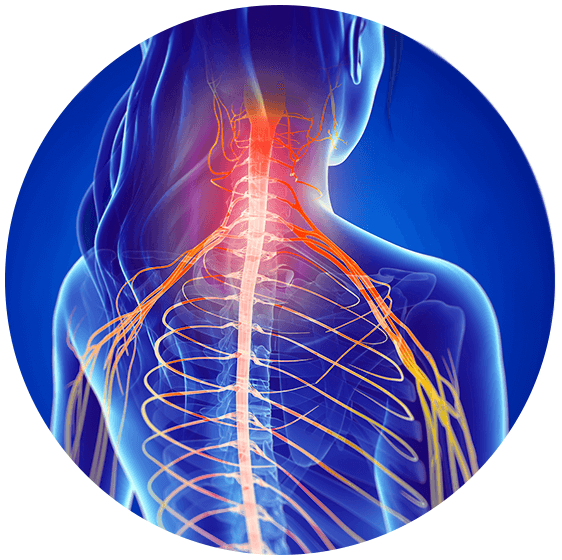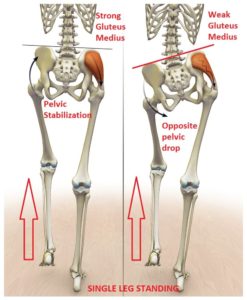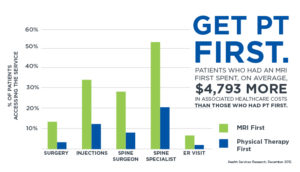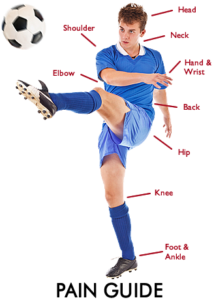Think You Have a Pinched Nerve?

Signs and symptoms of a pinched nerve include:
- Tingling
- Burning
- Numbness
- Pain
- Muscle weakness (especially in the arms/hands if you have a pinched nerve in your neck)
- “Pins and needles”
- The area may feel like it has “fallen asleep”
You may experience worsened symptoms when lying down or after just waking up. Pinched nerves can be caused by poor posture, staying in the same position for too long, or repetitive motions.
Consider These Home Remedies to Provide Relief:
- Be conscious of posture
- The Problem: Our bodies are designed for very specific movement patterns. If you’re continuously sitting or standing with poor posture for extended periods of time, you’re putting unnecessary stress on your body, which may damage your muscles or spine, eventually leading to a pinched nerve.
- The Solution: watch your posture. Try using cushions, neck rests, or adjustable chairs to relieve pressure and give the nerve a chance to heal. If possible, try not to remain in the same position for too long and avoid crossing your legs.

- Ice and heat packs
- The Problem: Pinched nerves are a result of swelling and inflammation that compress the nerve. Imagine squeezing a straw and then trying to drink from it.
- The Solution: try alternating between heat and ice packs to reduce swelling and inflammation. The combination of hot and cold increases the circulation of fresh blood to the area, which may help relieve pain. Hold an ice pack over the affected area for about 15 minutes at a time, three times a day to help reduce inflammation. Heat pads can be applied for a longer period, up to 1 hour, three times a day.
- Lifestyle changes
- The Problem: Being overweight or inactive can add increased stress to the body, leading to inflammation and pressure on the nerves.
- The Solution: In the long-term, adding a low-impact exercise, such as walking, swimming, or bicycling, to a daily regimen may help reduce symptoms and keep the body in shape. Stretching before or after low-impact exercises can help keep the body flexible and reduce pressure and inflammation near the nerves. For some ideas for a low impact workout, you can check out our low impact routine by clicking the image below:

*As a reminder, always discuss any questions or concerns with your physician regarding your own health and dietary needs, as the information written should not replace any medical advice.





